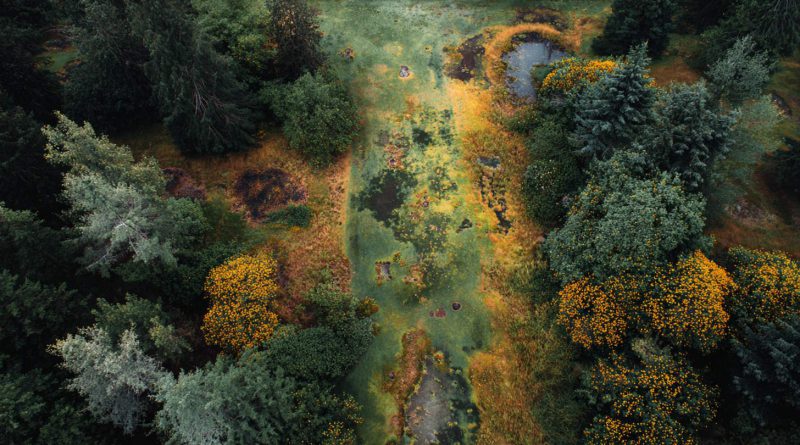Lost Golf Courses: Forgotten Fairways and Where They Are Now
When the Fairways Go Silent
Golf is not just about tour wins, glitzy greens, and trophy shots. Some of the most fascinating stories come from lost golf courses, where the fairways are overgrown and the tee markers are long gone. I stumbled across an old aerial photo once, where you could just make out a dogleg par 4 swallowed by trees. It made me wonder: what happens to a golf course after it dies?
Turns out, quite a lot.

A Boom… Then a Bust
If you look back, golf has gone through some wild growth spurts. After both World Wars (especially WWII), courses popped up everywhere. Then came the Tiger boom in the late ‘90s and early 2000s. Developers couldn’t build fast enough.
But it didn’t last.
Economic downturns hit, land values spiked, and younger generations weren’t picking up clubs like their parents. The result? Thousands of courses closed. Since 2006, the U.S. has seen a net loss of more than 2,200 golf courses, a roughly 13% drop in total supply according to the National Golf Foundation. A Sports Illustrated report also highlights that housing development, declining participation, and changing land value priorities are accelerating course closures across the country.

Ghosts of Greatness: Notable Lost Courses
Some courses didn’t just close. They left behind legends.
The Lido (Long Island, NY)
Built in 1917, The Lido was a C.B. Macdonald masterpiece. It was considered one of the most strategically rich layouts in the world. But WWII changed everything. The U.S. Navy took over the land, and the course vanished. To this day, golf historians talk about it like it’s Atlantis, which is probably why a replica is being built in Wisconsin. [source]
Lost Canyons (Simi Valley, CA)
Designed by Pete Dye and Fred Couples in the early 2000s, Lost Canyons was supposed to be a crown jewel in Southern California. Then came fires, floods, and years of neglect. Parts of it have been bulldozed for housing, but if you hike through the hills today, you can still spot pieces of fairway underneath the weeds. [source]
What Happens to the Land?
The fate of a closed course varies. Sometimes, it is weirder than you’d expect.
- Rewilding: Some abandoned layouts are slowly taken back by nature. You can walk a former fairway and spot fox dens where bunkers used to be.
- Housing and Commercial Projects: Prime real estate is still prime real estate. Many courses become subdivisions or shopping centers.
- Ghost Courses: Some sit in limbo, technically still open but barely maintained. Locals might sneak in for a hike, a run, or even a rogue round.
- Repurposed Spaces: A few are turned into public parks, disc golf courses, or even art installations.
From Lost to Found: The Comeback Stories
Not all is doom and decay. Golfers and historians have rediscovered or restored a few courses.
- Askernish (Scotland): Believed lost for decades, this Old Tom Morris design was rediscovered and revived by a passionate team in the 2000s. [source]
- Rhayader (Wales): This early 20th-century course is gone, but local historians have mapped its ghostly outline. Some old stone tee boxes still remain. [source]
Echoes in the Rough
Lost courses are more than relics. Instead, they are reminders. They remind us how quickly things change, how land can be reshaped or forgotten, and how a game we love can leave footprints long after the last tee shot.
Have you ever played a course that no longer exists? Drop its name in the comments. Let’s keep those memories alive, even if we’ve lost the fairways.
Writer/Editor: Danny Kapp is a passionate golf enthusiast and a 9-year veteran golf blog writer for Rock Bottom Golf, offering his unique perspective on the game. With a keen eye for detail, he covers various aspects of golf, ranging from technical insights to the latest trends in golf equipment and golf technology.







